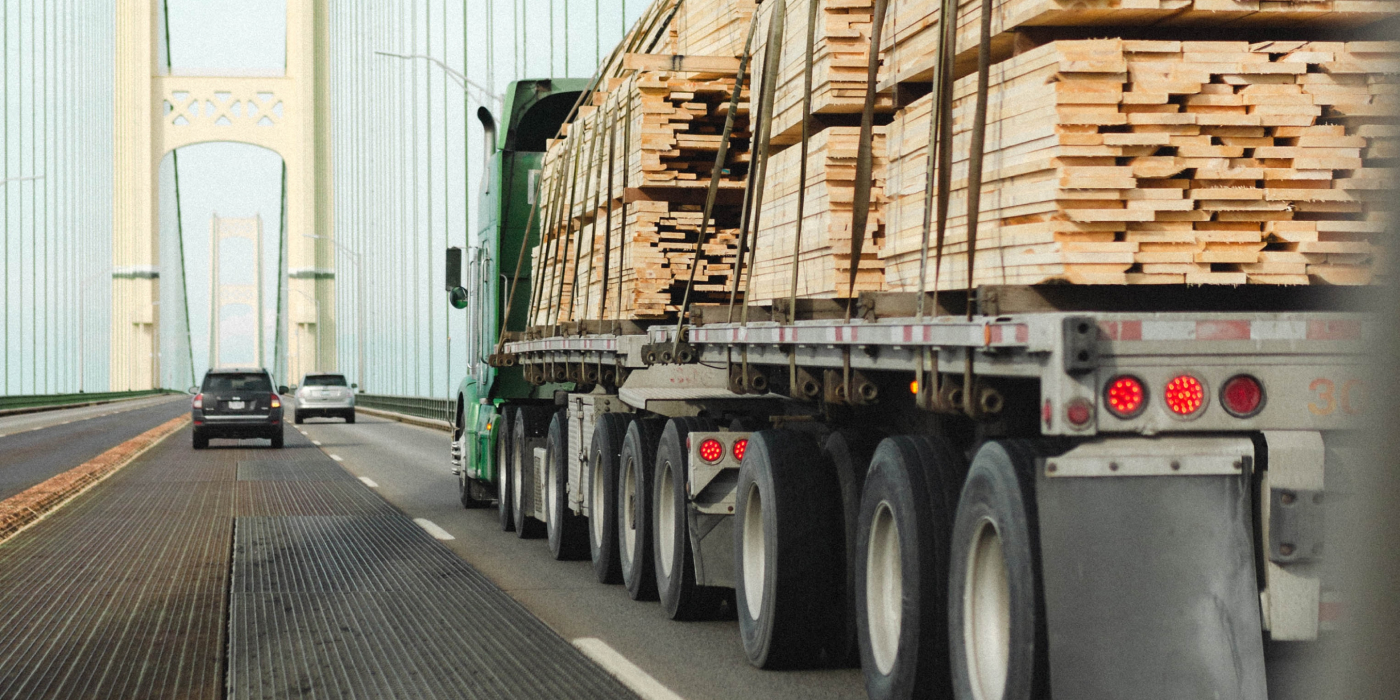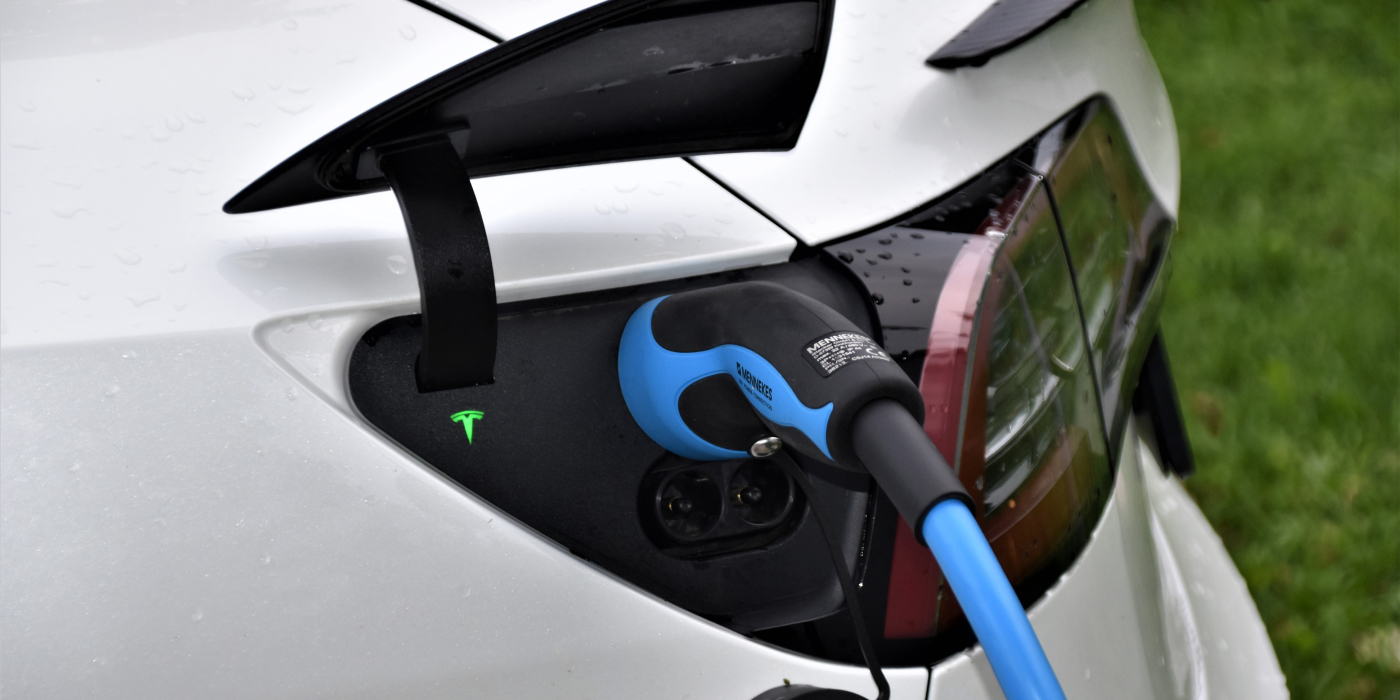How to Make Last-Mile Delivery Solutions More Sustainable
Last-mile delivery, the final leg of the delivery journey that involves delivering goods to the end customer, is a critical part of the delivery process. However, it is also one of the most environmentally damaging aspects of the supply chain, due to the high volume of fossil fuels consumed by delivery vehicles.
As the eCommerce industry continues to grow, so does the need for last-mile delivery solutions. However, it is important to consider the environmental impact of these solutions and take steps to make them more sustainable. It is up to companies to embrace new strategies and technologies to differentiate themselves from their competitors, lower emissions, and contribute to a more sustainable future.
Here are some ways that companies can make their last-mile delivery solutions more sustainable.
Optimize Delivery Routes
Optimizing delivery routes can help companies reduce the environmental impact of their last-mile delivery solutions. By planning the most efficient routes for each delivery vehicle, companies can reduce the distance traveled and the amount of fuel consumed. One of the most effective ways to optimize delivery routes is to use delivery management software. Delivery management software can take into account multiple factors, such as urgency, service area, delivery time-window, and vehicle capacity, to create the most efficient route possible.
By ensuring that vehicles are fully utilized, companies can reduce the number of delivery vehicles required, which can save time and reduce fuel costs. Analyzing historical delivery data can also help to optimize delivery routes. By analyzing data such as delivery times, vehicle capacity, and delivery locations, companies can identify patterns and trends that can be used to create more efficient routes in the future.

Delivery Consolidation
Using multiple drivers and vehicles for each delivery is time-consuming and inefficient, not to mention harmful to the environment. Delivery management platforms provide delivery consolidation features in which orders are bundled together based on locations, time-windows, customers, or other constraints. For example, retailers can consolidate orders and send one delivery truck for multiple customers within a specific neighborhood.
Batching orders together enables companies to increase driver productivity, lower costs, and eliminate unnecessary miles. Minimizing the distance and maximizing the number of orders that go out together can help businesses stretch the resources they have even further and build delivery density.
Asset Sharing
Asset sharing also helps companies minimize their impact on the environment. Sharing of delivery assets between locations allows companies to maximize resources while lowering last-mile costs. If one store location is really busy while another is having a slow delivery day, companies can send drivers to the busy store location to ensure all orders are delivered in a timely manner. Maintaining a flexible fleet of drivers ensures companies can adapt quickly to delivery demands and meet customer expectations for fast delivery service, while at the same time maintaining efficiency and improving sustainability.

Real-Time Visibility
Delivery management solutions can also provide real-time visibility, allowing companies to track all deliveries and drivers from a centralized location. Real-time tracking provides real-time location data for delivery vehicles. This data can be used to track delivery progress, identify potential delays, and adjust routes accordingly. By tracking packages in real-time, companies can ensure that the right packages are delivered to the right locations at the right time. This eliminates the need for multiple delivery attempts, reducing the number of miles traveled.
Real-time visibility also improves last-mile delivery sustainability by providing customers with real-time updates on their delivery status. Real-time updates keep customers notified of any delays or disruptions throughout the delivery journey and provide accurate delivery times, ensuring customers are more likely to be available to receive their packages. This can reduce the number of missed deliveries and improve first-time delivery rates. This not only saves time and money, but it also reduces the carbon footprint of the delivery process.
Use Electric Vehicles
Traditional delivery vehicles that run on fossil fuels are responsible for a significant amount of greenhouse gas emissions and air pollution. However, the rise of electric and hybrid vehicles is changing the game. These vehicles emit far less CO2 than traditional delivery vehicles, and they are becoming increasingly affordable and accessible. By using electric vehicles for last-mile delivery, companies can reduce their carbon footprint and help mitigate climate change.
Amazon has tripled the number of custom electric delivery vehicles from automaker Rivian since November, with more than 3,000 now on the road across the United States. The Rivian trucks are now delivering packages in over 500 cities and regions across the country, and Amazon has delivered over 75 million packages with the zero-emission vehicles since they rolled out last summer.
Offer Alternative Fulfillment Options
Offering alternative fulfillment options including buy online pickup in-store and curbside pickup can increase convenience while boosting sustainability. Customers can pick up their orders while they are already on the go, minimizing emissions and operational costs for retailers. Pickup locations, such as lockers or pickup points, can also be an effective way to reduce the environmental impact of last-mile delivery.
Pickup locations allow customers to collect their orders from a centralized location, reducing the number of individual delivery trips required. Although only 12% of consumers retrieved a package from an intelligent locker during the last year, 77% would consider using one, according to a recent Harris poll sponsored by Ricoh.
Sustainability is becoming more important in the last-mile delivery industry for various reasons including environmentally-conscious consumers, corporate climate commitments, and increasing regulatory pressures and federal incentives. As the demand for sustainable last-mile delivery solutions continues to grow, companies that implement new technologies and business models can help lead the industry to a more sustainable future.
For more information about how our delivery management solution can help you offer a more sustainable last-mile delivery solution, contact info@bringoz.com.
